The young sitter in this exquisite large-scale portrait is John Churchill, 1st Duke of Marlborough, 1st Prince of Mindelheim, 1st Count of Nellenburg, Prince of the Holy Roman Empire. Churchill was an English soldier and statesman whose career spanned the reigns of five monarchs. As de facto leader of Allied forces in the Low Countries, his victories at Blenheim (1704), Ramillies (1706), Oudenarde (1708), and Malplaquet (1709), ensured his place in history as one of Europe's great generals. From a gentry family, he served first as a page at the court of the House of Stuart under James, Duke of York, through the 1670s and early 1680s, earning military and political advancement through his courage and diplomatic skill.
Portrayed in armour and a sash around his waist, his heroic visage suitably reflects his wealth and status; in the England of the days of his youth, soldiering was a profession. The portrait is datable to circa 1695 when the full bottomed wig with its loose curls was fashionable and was painted perhaps in celebration of his military career. It is not hard to understand why many of the aristocracy commissioned D’Agar for their portrait.
Born in 1650, John Churchill was the second but oldest surviving son of Sir Winston Churchill (1620–1688) of Glanvilles Wootton, Dorset and Elizabeth Drake, whose family came from Ash, in Devon. In 1688 John Churchill supported William III when William invaded and took the throne from James II. For his loyalty, William elevated John from the lowest rank of the peerage to that of Earl of Marlborough. However, John was a key player in the military conspiracy that led to James being deposed during the Glorious Revolution. Persistent charges of Jacobitism led to his fall from office and temporary imprisonment in the Tower of London. William recognised his abilities by appointing him as his deputy in Flanders before the War of the Spanish Succession in 1701 but it was not until the accession of Queen Anne in 1702, he secured his fame and fortune. Marriage to Sarah Jennings and her relationship with Anne ensured Marlborough's rise, first to the Captain-Generalcy of British forces, then to a dukedom.
His wife's stormy relationship with the Queen, and her subsequent dismissal from court, was central to his own fall. Incurring Anne's disfavour, and caught between Tory and Whig factions, Marlborough was forced from office and went into self-imposed exile. He returned to favour with the accession of George I to the British throne in 1714, but a stroke in 1716 ended his active career.
Marlborough's leadership of the Allied armies from 1701 to 1710 consolidated Britain's emergence as a front-rank power, while his ability to maintain unity demonstrated his diplomatic skills. He is often remembered by military historians as much for his organisational and logistic skills as tactical abilities. However, he was also instrumental in moving from the siege warfare that dominated the Nine Years' War, arguing one battle was worth ten sieges.
This Augustinian portrait style can be compared to other artist’s work such as the ubiquitous Sir Godfrey Kneller but it bears the closest resemblance to the eminent portraitist in Scotland, Sir John Baptist de Medina. Many examples in Medina’s oeuvre are close on stylistic grounds, the rendering of the hands, and there are many examples of armour-clad gentleman with a similar pose (see Lord John Hay c.1668-1706). However, our portrait is the work of Charles D’Agar and this is most evident by the placement of the right hand and fingers; this positioning was a clear favourite of D’Agar and there are many good examples.
Blenheim Palace is a monumental country house in Woodstock, Oxfordshire, England (see photo). It is the principal residence of the Dukes of Marlborough, and the only non-royal, non-episcopal country house in England to hold the title of palace. The palace, one of England's largest houses, was built between 1705 and 1722, and designated a UNESCO World Heritage Site in 1987.
The palace is named for the 1704 Battle of Blenheim, and thus ultimately after Blindheim (also known as Blenheim) in Bavaria. It was originally intended to be a reward to John Churchill, 1st Duke of Marlborough for his military triumphs against the French and Bavarians in the War of the Spanish Succession, culminating in the Battle of Blenheim. The land was given as a gift, and construction began in 1705, with some financial support from Queen Anne. The project soon became the subject of political infighting, with the Crown cancelling further financial support in 1712, Marlborough's three-year voluntary exile to the Continent, the fall from influence of his duchy and lasting damage to the reputation of the architect Sir John Vanbrugh.
This exquisite grand manner work is an accomplished example. It is a marvellous and striking image of the type of portrait in vogue during the last part of the 17th century and early part of the 18th. Presented in a beautiful carved and gesso period gilded frame.
Charles D’Agar was a prolific artist and his graceful portraits are mannered and competent and were in high demand. Many aristocratic individuals sat for him including Henry St John (1652–1742), 1st Viscount St John, his son Henry St John (1678–1751), 1st Viscount Bolingbroke and his wife Frances Winchcombe (1679–1718), plus at least four members of the aristocratic Harpur family of Calke Abbey. The Marlborough family appear to have been popular patrons as well, notably our sitter’s daughter, Mary, Duchess of Montagu, and two of his granddaughters, Ladies Henrietta with her eldest son William (Sotheby’s British Paintings 14th March 1990 lot 45) and another of two Godolphin children (Christie’s Cowdray Park 13-15th September 2011 lot 300).
Charles D’Agar (1669-1723) (De Garr) was born in Paris, the son of painter Jacques (Jacob) D'Agar and his wife Marie Picard. As protestants the D’Agar family immigrated to London sometime between 1678 and 1681 by which time Jacques was officially expelled from the French Academy on religious grounds. Father and son both worked in London painting well-known individuals such as Charles II’s French mistress, Louise de Keroualle, Duchess of Portsmouth, before moving to Copenhagen c.1685 when Jacques secured an appointment there at the courts of Christian V and Frederick IV, where he worked until his death in 1715. Charles returned to London in 1691 and developed a very successful practise painting many aristocratic personages. After the painter’s death in Leicester Fields, London in May 1723, George Vertue attended the sale of his collection of prints and drawings and reported that D’Agar had been a good courteous man. He left a widow Susannah and a son who was also a painter, possibly named David. In 1707 he charged £7 for a 30 x 25 inch and £12 for a 50 x 40 inch.
Provenance:
Measurements: Height 146cm, Width 122cm, Depth 8cm framed (Height 57.5”, Width 48”, Depth 3.25” framed)



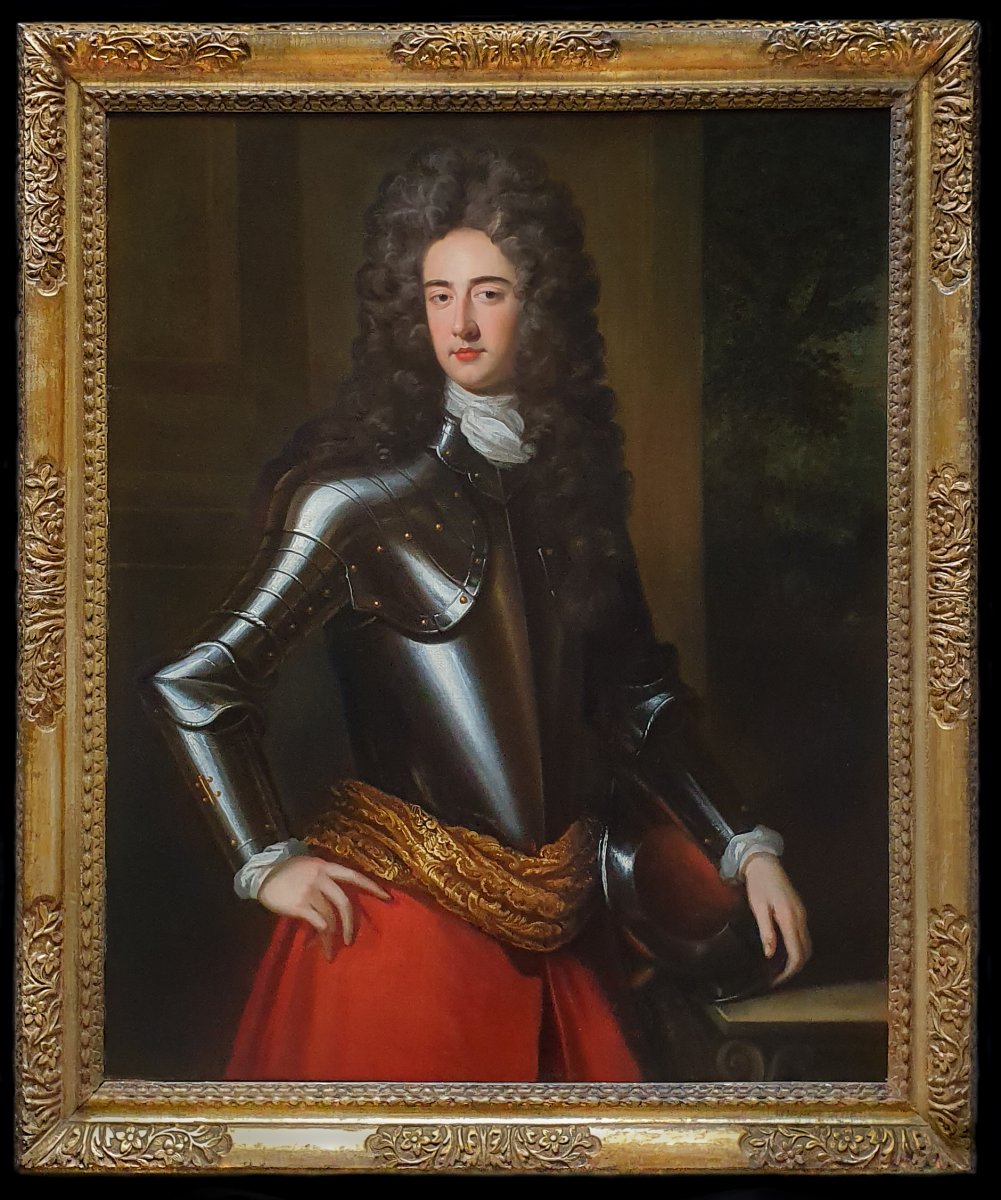

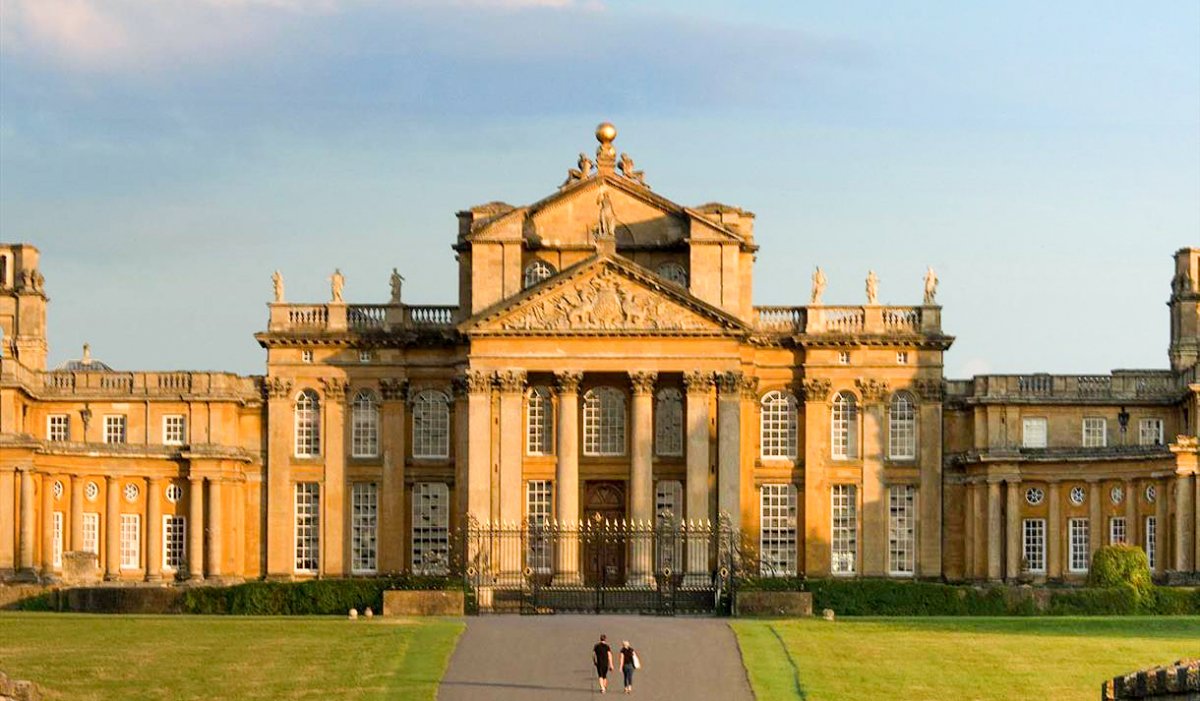
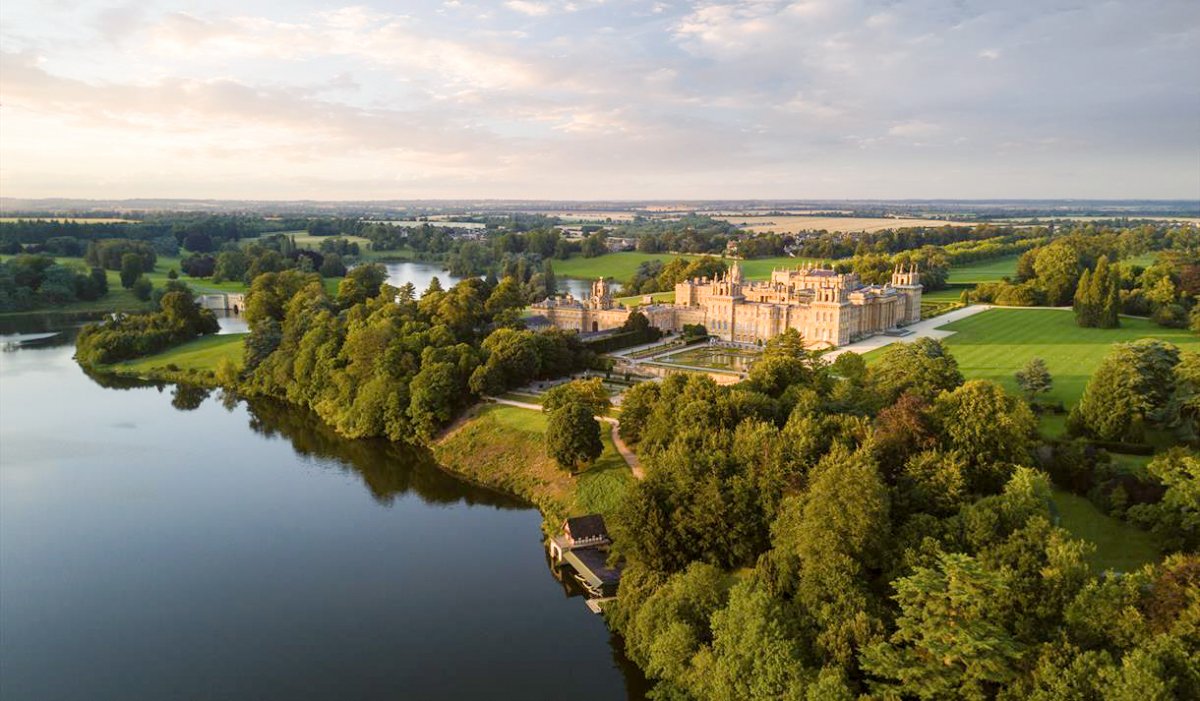

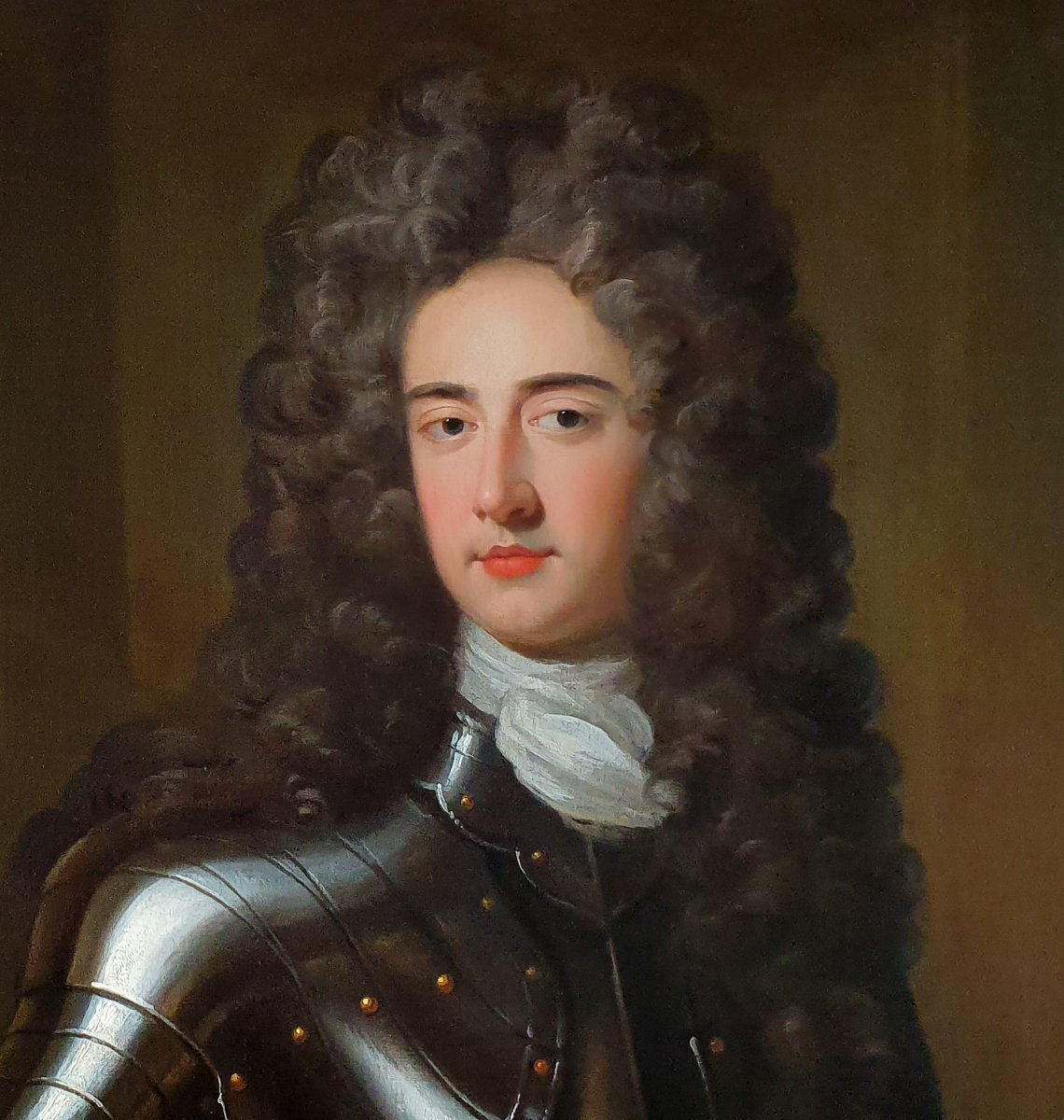

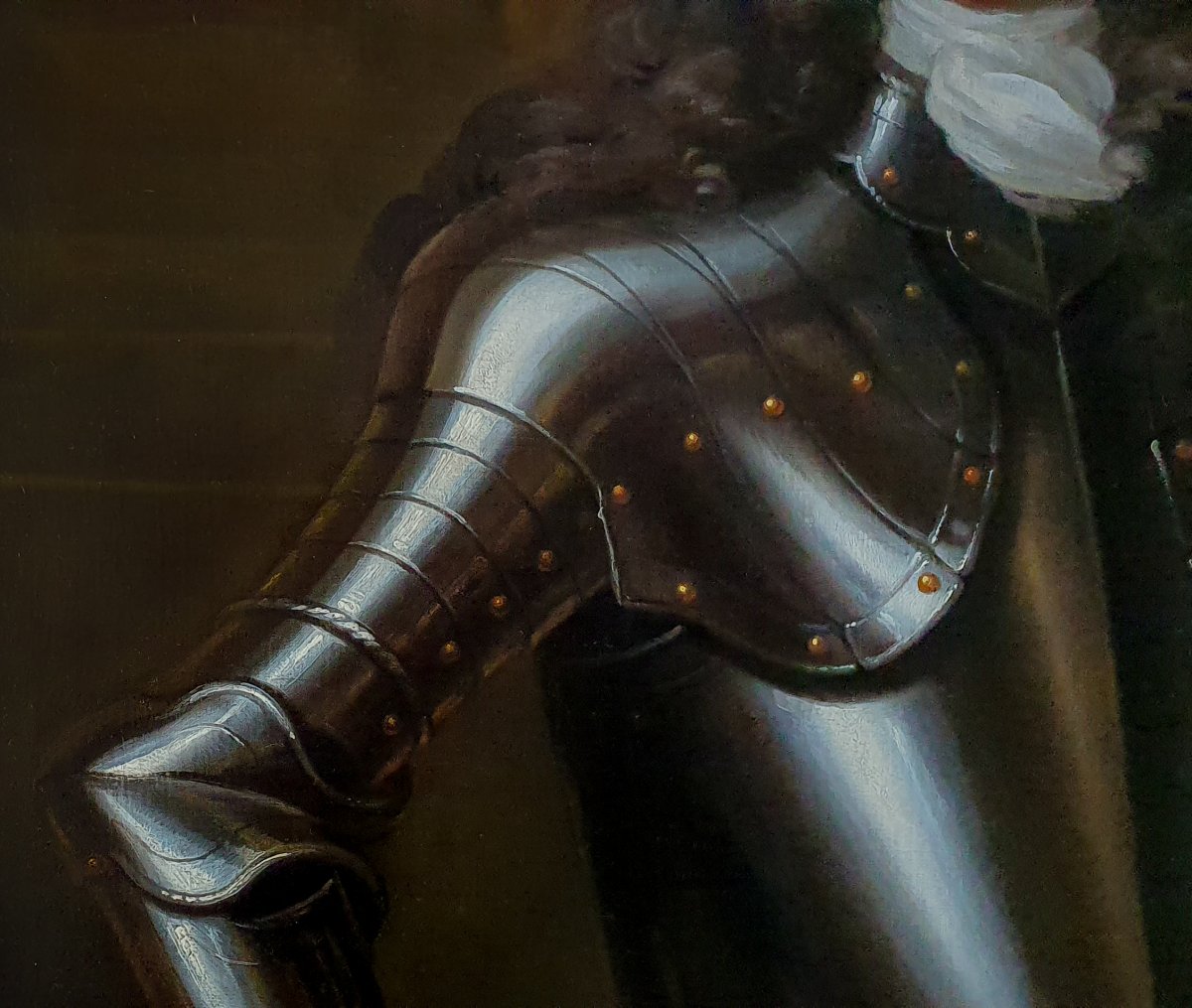
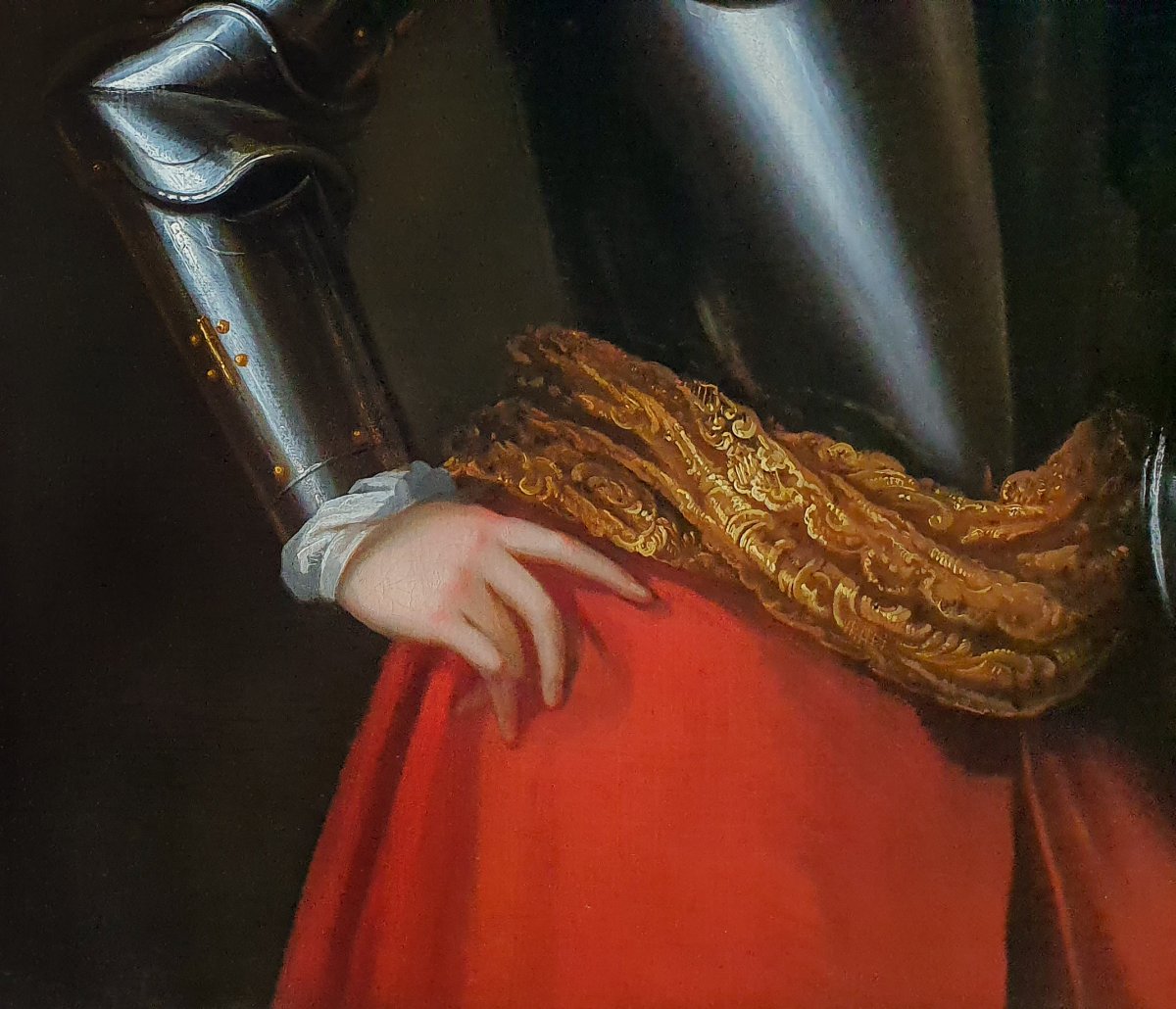
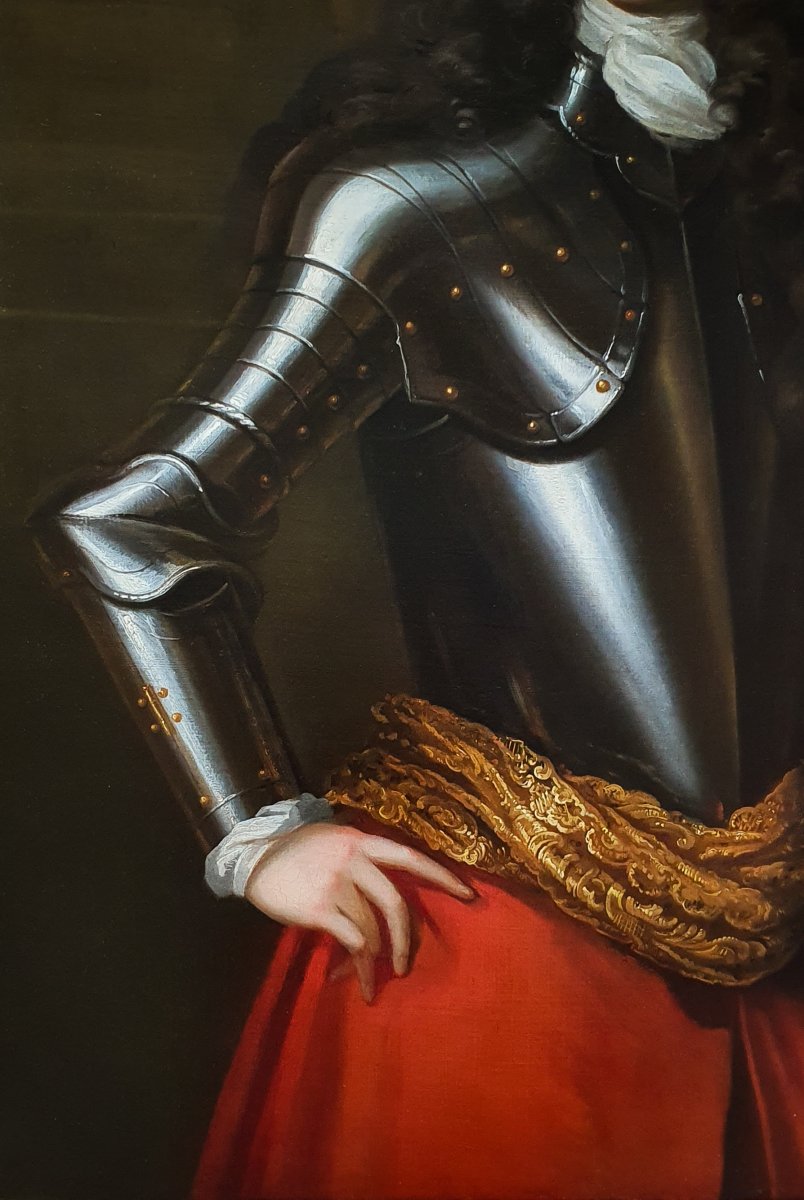








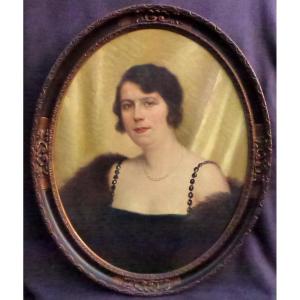







 Le Magazine de PROANTIC
Le Magazine de PROANTIC TRÉSORS Magazine
TRÉSORS Magazine Rivista Artiquariato
Rivista Artiquariato
